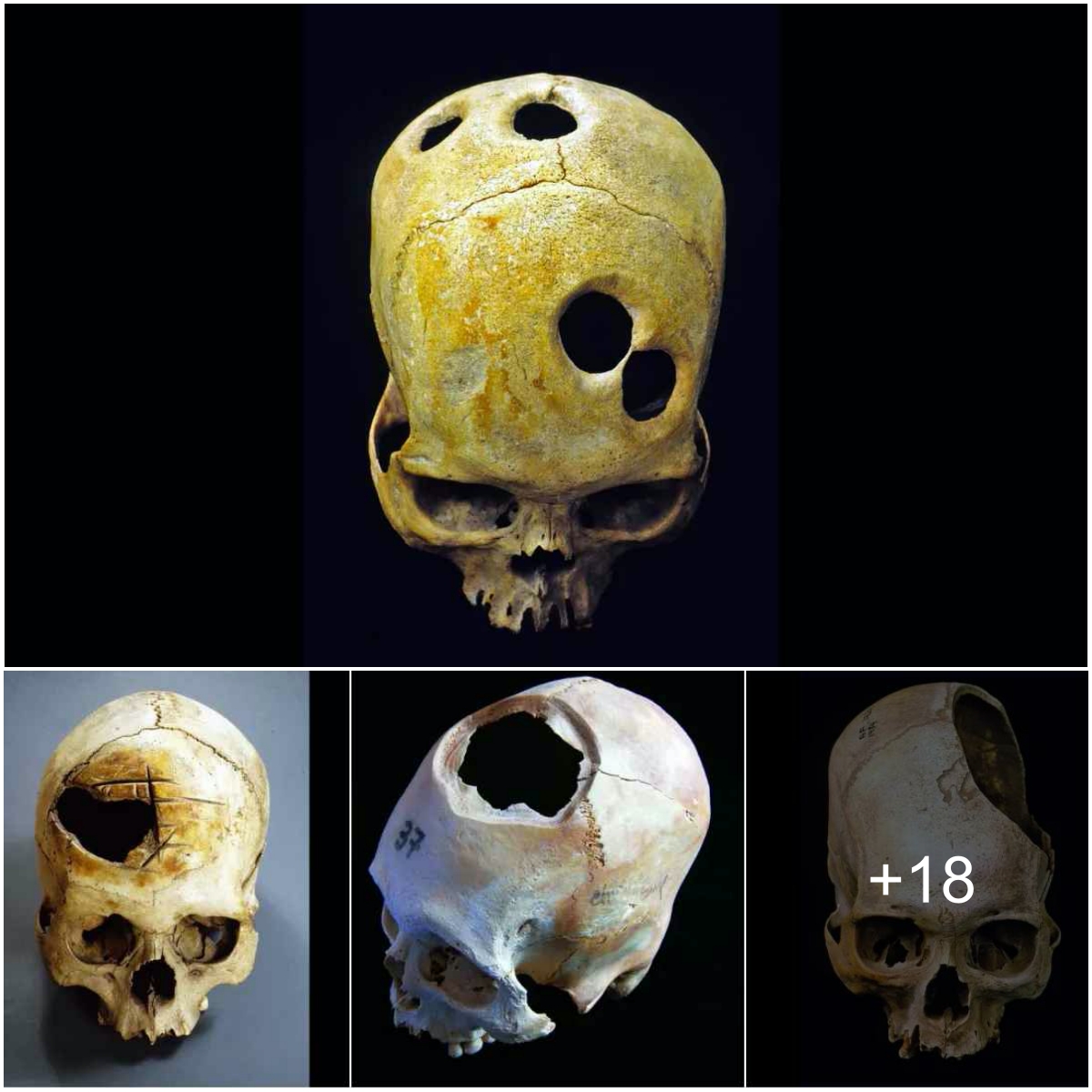Not all archaeological finds can be deciphered quickly and accurately. The story below is an example.
In 1982, workers building an irrigation project in Gansu province (China) discovered an ancient tomb. Immediately after discovering, they reported to the project management board and authorities.
After conducting excavations, archaeologists found 17 strange stones or 17 screens to be exact. Through preliminary examination, the ancient tomb, where 17 stone tablets were found, was classified as the tomb of nobles in the Sui and Tang dynasties. But these stones are only considered as ordinary cultural relics. Instead of having the opportunity to display them, they were only kept for a long time in the cultural relics warehouses of museums in Gansu province.

Stone cultural relics were found in an ancient tomb in Gansu province in 1982.
Thought that the interest in the 1982 excavation in Gansu province would end, but unexpectedly many sarcophagi and stone screens were unearthed in many places. Since then, the archaeological information network has gradually been established, and this has made archaeologists realize that the artifacts and cultural relics found in Gansu are not as simple as initially thought.
Accordingly, in 2010, the Tianshui City Museum, Gansu Province, rediscovered these stone slabs, restored cultural relics, and consolidated various information about the unearthed tombs. excavated at this point.
The truth about 17 stones after 30 years

Images carved on ancient stone slabs reveal the Sogdian people.
As it turned out, the 17 stones unearthed in 1982 were not Han Chinese. Instead, they belong to the Sogdians, an ethnic group with a small population in Central Asia. During the Han Dynasty, the Sogdians migrated from Central Asia. They migrated to the northwest region of China. By the Sui and Tang dynasties, many Sogdians appeared in the Xinjiang region and Gansu province. Even after his death, descendants of the Sogdians decided to leave the bones of their ancestors in China.
According to experts, over 17 stone slabs were found with sculptures of the Sogdian people. Fortunately, these stones are still very well preserved. Immediately after finding the true origin of the Sogdian people, the 17 stones above were recognized as national treasures. Unfortunately, it took nearly 30 years for archaeologists to have an accurate answer.

After about 30 years of being forgotten, 17 stone tablets found in 1982 have been recognized as a national treasure.
After confirming the truth, the National Cultural Relics Appraisal Committee rejected the previous decision to classify the 17 stones as relics from the Sui (581-619) and Tang (618) dynasties. – 907).
According to experts, errors in archaeological work are inevitable and it is important that the truth is found.
If information about the stone screens could be discovered earlier, the difficulty of studying other cultural relics could be greatly reduced. These stone carvings can help experts better understand the customs and culture of the Sogdians at the time.
After discovering the truth about 17 stone tablets, archaeologists in Gansu province felt very sad and admitted to the media that they had made a big mistake when they almost missed important information. about the Sogdian people. The initial judgment was wrong and buried the value of these cultural relics for many years.
These 17 stones turned out to be national treasures. This caused experts to “cry” after 30 years and say: ” We made a big mistake “.
Sogdia or Sogdiana was an ancient Iranian civilization and a province of the Achaemenid Empire, also known as the First Persian Empire. At its height, the empire stretched from the Balkans in the west to the living valley in the east, covering an area of 5.5 million square kilometers. According to records in Chinese history, the Sogdian people originally lived in the area of Gansu province and were later attacked by the Xiongnu and were forced to move west.





